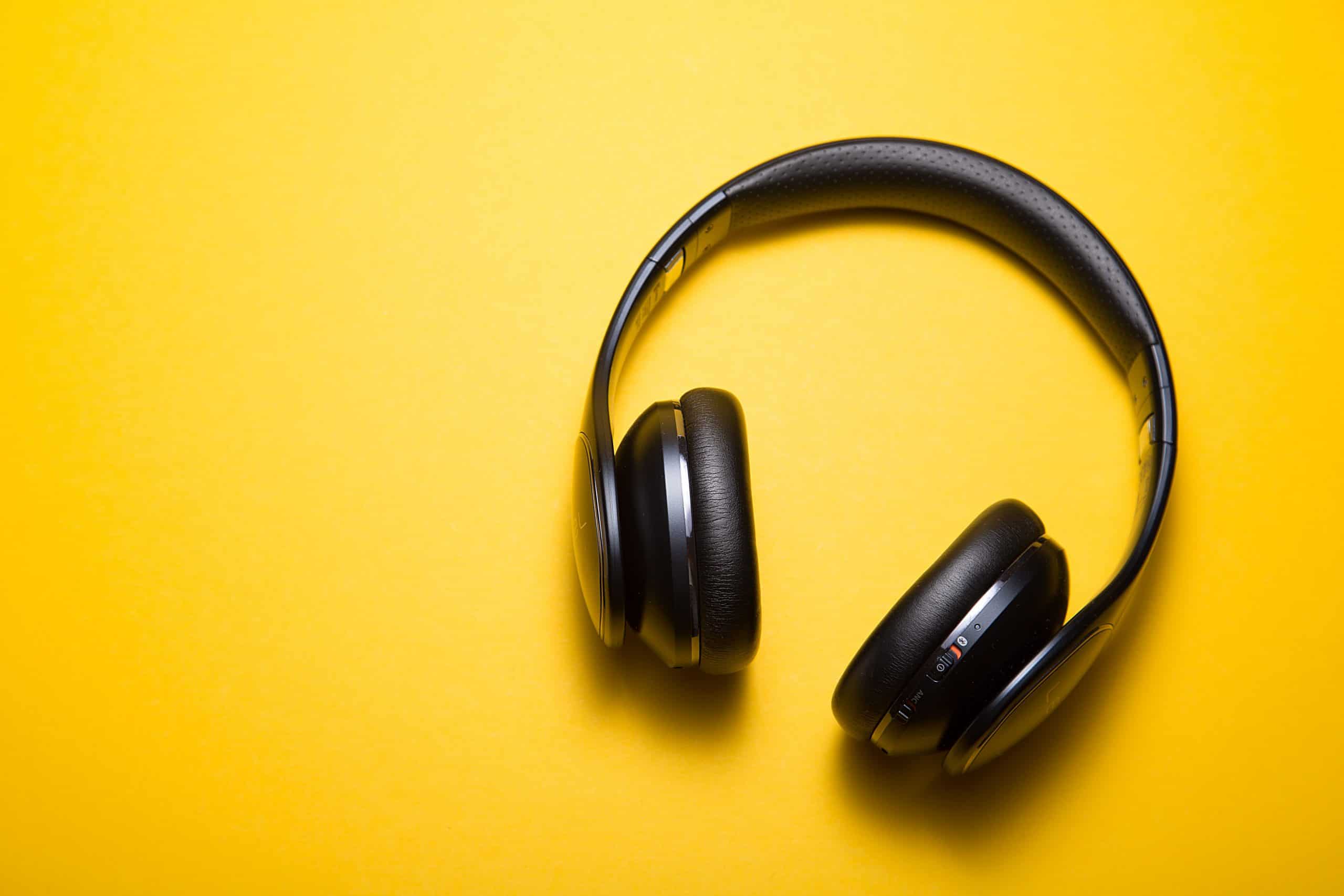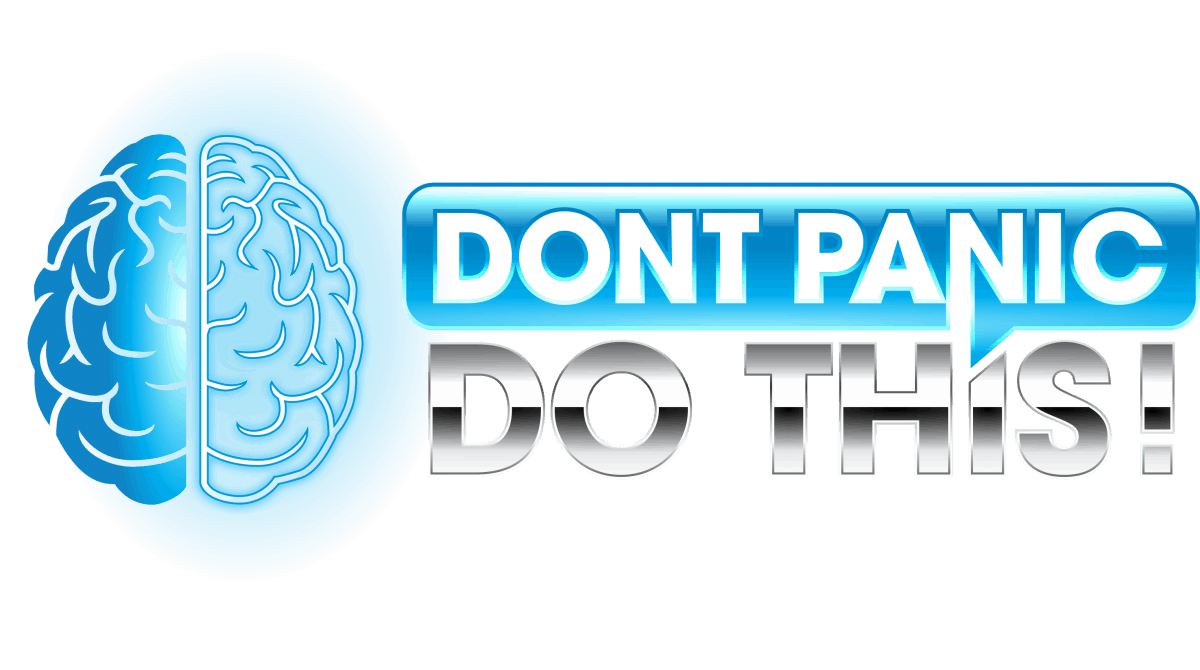A few years back, my grandmother was very sick and had to undergo numerous MRI exams. Being the genetic matriarch of anxiety in our family, this caused her to have many panic attacks due to MRI claustrophobia. Later, getting my own MRI scan, I again wondered how to deal with MRI claustrophobia and how to stop a panic attack while inside an MRI machine.
Here are the best ways I’ve found to cope with MRI claustrophobia and stop a panic attack while inside:
- Know Exactly What to Expect
- Sedation for MRI
- Recognize and Acknowledge Your Anxiety
- Talk Through it with the Radiologist
- Request a Blanket
- Listen to Music
- Meditate
- Focus on Your Breathing
- Visualize Yourself as Being Somewhere Else
- Go in With a Problem to Work on
These tried-and-true methods should work wonders to ease your MRI claustrophobia and stop any panic attacks inside the MRI machine.
If they seem a bit vague, no worries. We’ll go into each step in much greater detail below.
Let’s dive right in!
Know Exactly What to Expect
Knowing what to expect during your MRI examination can help calm your nerves immensely.
Oftentimes, “the fear of the unknown” can be the scariest phobia of all.
So, do your due diligence. Make sure you know exactly what to expect before you climb inside the machine; ideally before the day of your appointment. Here are some MRI FAQs you may find useful:
Why Would I Need an MRI Instead of an X-ray or CT Scan?
X-rays and CT Scans both rely on ionizing radiation to produce images that will give the doctor a better look inside. An MRI does not use ionizing radiation, but rather, uses powerful magnets (about 1000x stronger than the ones on your fridge!) and radio waves to produce images. The benefit of MRIs is that they’re much better for imaging soft tissues than X-rays.
How long does an MRI last?
An MRI can last anywhere from 15 to 90 minutes, depending on the part of your body being scanned and how many images are needed. Moving or fidgeting too much may necessitate additional scans, which could make the MRI exam take longer as a result.
Does an MRI Require an Injection?
For approximately 1 in 3 MRI scans, Gadolinium Contrast Medium is used to produce better imaging results. This may or may not be recommended at the discretion of the radiologist. If you have a serious phobia of needles, the radiologist may accommodate you or skip the MRI contrast agents altogether.
Are MRIs Safe?
MRIs are much safer alternative to many other options, as they don’t subject you to radiation. For a small subsect of the population it may be unsafe: for example, for those with an implanted pacemaker. Any safety concerns should be discussed with your radiologist, but most people have nothing to fear.
Is There an MRI Panic Button?
With up to 10% of the population suffering from claustrophobia, radiologists understand that people may get anxious during an MRI. Most locations will give you a “panic button” to hold onto while inside. This MRI panic button will help to give you some peace of mind, as you can push it to be removed from the machine at any time.

Sedation for MRI
There are many options for sedation during an MRI if you feel it's necessary.
The best drug for MRI claustrophobia can be recommended to you by your doctor. Oral sedation is often recommended for those with severe anxiety and panic attacks, in the form of benzodiazepines like Xanax, Valium, or Ativan. In extreme cases, I.V. sedation may also be offered.
I am generally not a fan of recommending hard anti-anxiety drugs for coping with anxiety. However, if your anxiety is severe and specific to receiving an MRI (MRIs occur pretty rarely), it can be justified if prescribed by your doctor.
For milder, over-the-counter, or natural sedation options, check out this post about anxiety supplements.
Recognize and Acknowledge Your Anxiety
Perhaps the most important step to stopping a panic attack in any situation is to recognize and acknowledge your anxiety.
This means recognizing your anxiety and panic attacks for what they are: Anxiety.
This may seem obvious, but it’s something most people conveniently forget in the heat of the moment.
When you have a panic attack during an MRI, you need to remember this:
You are not dying.
You are not having a heart attack.
You are not suffocating.
You do not need to run out of the room.
You are having a panic attack.
Your anxiety has got you worked up, and the surge of adrenaline is causing your fears to spiral. But this fear will dissipate as quickly as it came on; it’ll be over in a matter of minutes, at most.
Just be aware of this as you’re inside the machine, and remember that nothing is wrong.
If you have any concerns, your radiologist should be nearby and available to talk through them with you.
Talk Through it with the Radiologist
Even if you show up to the exam completely by yourself, you’re never really alone.
I had an MRI done on my shoulder last year, and the radiologist was in the room with me the whole time, literally less than 10 feet away.
He wasn’t much of a talker, but I had just torn my rotator cuff so I wasn’t feeling particularly chatty myself.
But my point is, he was right there the whole time. You will not be “alone” for your exam.
If you have any questions or concerns, talk to your radiologist about them. That’s what they’re paid the big bucks for.
If you’re feeling nervous inside the machine, feel free to express that to them. With 1 out of 10 people in the world suffering from claustrophobia, I promise you they’re used to it by now.
Spark up a conversation with them about anything, and hopefully it will help the time pass.
Request a Blanket
Materials like clothes are fine to wear inside the MRI machine, so a blanket may be fine as well.
With “weighted blankets” being a top holiday gift these days, it’s obvious that people feel more safe and secure when comforted by a blanket.
If you feel you might benefit from bringing a blanket in the machine with you, ask the radiologist if this is an option. They may have one available already, or may permit you to bring your own. Not to mention, MRI rooms are notoriously cold, so having a blanket can serve multiple purposes.
Bonus points if you can convince the radiologist to tuck you in.




Listen to Music
Another detail I remember from getting my own MRI scan was the big, ugly, MRI-approved headphones they provided me with. They were seriously the tube television equivalent of headphones.
I didn’t have to ask for them or anything, they were just provided. The music was already chosen for me as well. (Spoiler alert: It was half an hour of the “Guardians of the Galaxy” soundtrack).
Apparently, if you bring your own music (or guided meditation, audiobook, etc.) they can usually play it over the headphones for you. You cannot bring your own electronic devices or personal headphones into the MRI machine with you, however.
I’ve always found music helpful to pull myself out of my own head. While suffering from MRI claustrophobia, you can stop a panic attack by really listening to the music. I mean actively listen to it, not just passively let it play in the background while you focus on your panic attack.
Focusing on external stimuli rather than internal sensations can help pull you out of a panic attack.
Unfortunately, touch, smell, sight, and taste are extremely limited during an MRI.
This leaves us with sound, so really hone in and enjoy the music.
Meditate
An alternative way to stop a panic attack during an MRI is to meditate. I can’t recommend meditation more highly enough for anyone who suffers from anxiety.
No, I’m not referring to trancelike states or spiritual awakenings; think of it more like mental exercise.
Laying there in the MRI machine is the perfect opportunity to practice some meditation. There are tons of ways to go about this, but one simple method is to simply close your eyes and reel your thoughts in.
Take note of every passing thought or physical sensation; then, let it pass and focus on the nothingness again. Distracted by the buzzing of the machine or the itch on your arm? Simply take a mental note of it and then let the thought pass.
This can be difficult for beginners, so feel free to read this post about meditating for anxiety.
If “nothingness” is a difficult focus point for you, you may focus on your breathing.
Focus on Your Breathing
During a panic attack, your breathing may start to feel ragged, difficult, or “off.”
This is very common, and taking deliberate steps to control your breathing will help you to end your panic attack that much faster.
You can combine this method with meditation by really focusing on the sensation of the air as it goes “in” through your nostrils, fill ups your lungs, and goes “out” through your mouth.
There are a ton of conflicting strategies online for how long to breathe in, how long to hold your breath, and how long to breathe out.
Let’s keep it simple and say 5 seconds in, 5 second hold, 5 seconds out.
This isn’t something that needs to be overthought. The key factor is that you are establishing some sort of regular breathing pattern while your brain allows itself to calm down.
Combine this breathing method with another one of the distracting techniques on this list and you should return to feeling normal in a matter of moments.
If it doesn’t feel like it’s working right away, don’t panic. Remember, it is working, it’s just going to take a few minutes for the adrenaline to wear off.




Visualize Yourself as Being Somewhere Else
Another useful strategy to cope with MRI claustrophobia and anxiety is to visualize yourself as being somewhere else.
This one is more or less as simple as it sounds.
Visualization is a tried and true method, so give it a shot. If you’re imagining yourself as being stuck inside a tight metal tube, you’re definitely going to freak out.
Instead, consider the reality of the situation.
You are effectively just laying down with your eyes closed. In fact, this is the closest you can come to nap-time as an adult; why not enjoy it?
Keep your eyes shut and imagine that you are anywhere else: your bed, the beach, a park bench, etc.
Hey, you can even count sheep if it helps, I don’t care. Find what works for you.
Go in With a Problem to Work on
As you’ve no doubt noticed by now, the name of the game with panic attacks is distraction.
You’ve got a high-powered, high-velocity thought machine in your head and it wants to work. Unfortunately, some of its ideas are not so good for us; like MRI claustrophobia and panic attacks.
Your brain is just following the pattern it associates with this situation. You have an irrational fear of MRI machines, and this is going to try and manifest as a panic attack during an MRI.
Your thoughts are going to try as hard as they can to go down that route, focusing in on one idea: Fear.
Instead of giving our brain that opportunity, let’s put it to work.
By going into your MRI with a problem to work on, your stress-ridden, restless MRI claustrophobia panic attack becomes a productive brainstorming session.
This problem can be anything, but ideally, it’ll be something that doesn’t trigger anxiety in you.
Working on the next chapter of your book? Need to come up with a catchy slogan for the next marketing presentation at work? Thinking about how to plan your 4-year-old daughter’s birthday party?
This is the time to work through it.


